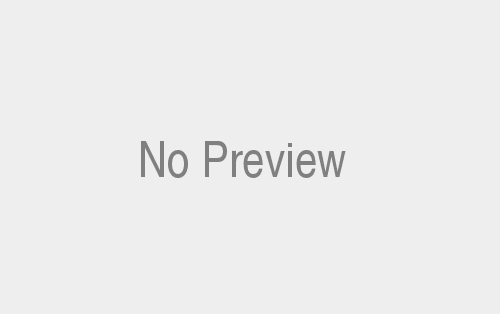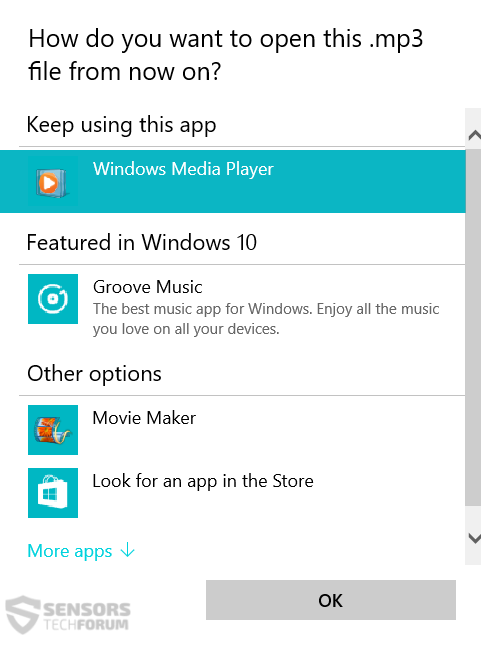
 Repeat steps 2 to 4 for the remaining folders:įor Windows Vista, Windows 7, Windows Server 2008, Windows 8, Windows 8.1, and Windows Server 2012:. Once located, select the folder then press SHIFT+DELETE to permanently delete the folder. In the Look In drop-down list, select My Computer, then press Enter.
Repeat steps 2 to 4 for the remaining folders:įor Windows Vista, Windows 7, Windows Server 2008, Windows 8, Windows 8.1, and Windows Server 2012:. Once located, select the folder then press SHIFT+DELETE to permanently delete the folder. In the Look In drop-down list, select My Computer, then press Enter. 
or Find., depending on the version of Windows you are running. To delete malware/grayware/spyware folders:įor Windows 2000, Windows XP, and Windows Server 2003: *Note: Read the following Microsoft page if these steps do not work on Windows 7. In the Search Computer/This PC input box, type:.For Windows 8, 8.1, and Server 2012 users, right-click on the lower left corner of the screen, then click File Explorer.For Windows Vista, 7, and Server 2008 users, click Start>Computer.For Windows Vista, Windows 7, Windows Server 2008, Windows 8, Windows 8.1, and Windows Server 2012:.Search for files or folders named or All or part of the file name.). *Note: The file name input box title varies depending on the Windows version (e.g. Once located, select the file then press SHIFT+DELETE to delete it.
 In the Look In drop-down list, select My Computer then press Enter. In the File name* input box, type the following:. For Windows 2000, Windows XP, and Windows Server 2003:. To manually delete a malware/grayware file from an affected system: This report is generated via an automated analysis system. (Note: %User Profile% is the current user's profile folder, which is usually C:\Documents and Settings\ on Windows Vista and 7.) %User Profile%\Flash Player\#SharedObjects. %User Profile%\Application Data\Macromedia. This Trojan creates the following folders: This Trojan arrives on a system as a file dropped by other malware or as a file downloaded unknowingly by users when visiting malicious sites.
In the Look In drop-down list, select My Computer then press Enter. In the File name* input box, type the following:. For Windows 2000, Windows XP, and Windows Server 2003:. To manually delete a malware/grayware file from an affected system: This report is generated via an automated analysis system. (Note: %User Profile% is the current user's profile folder, which is usually C:\Documents and Settings\ on Windows Vista and 7.) %User Profile%\Flash Player\#SharedObjects. %User Profile%\Application Data\Macromedia. This Trojan creates the following folders: This Trojan arrives on a system as a file dropped by other malware or as a file downloaded unknowingly by users when visiting malicious sites.







 0 kommentar(er)
0 kommentar(er)
